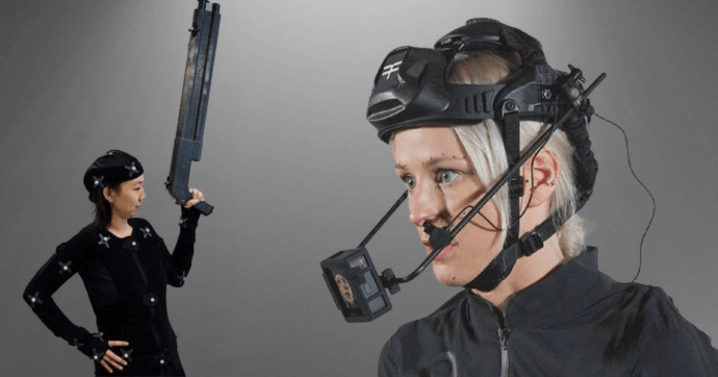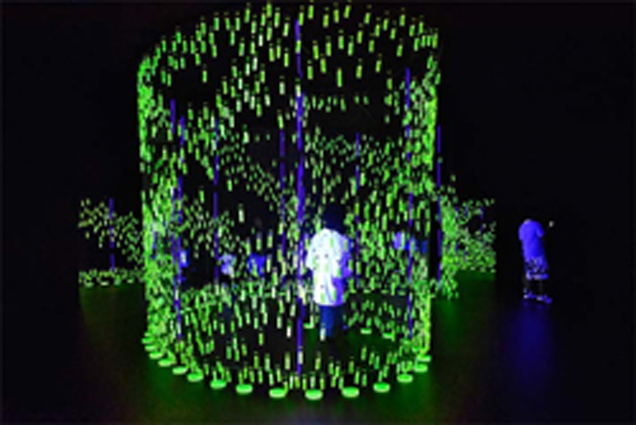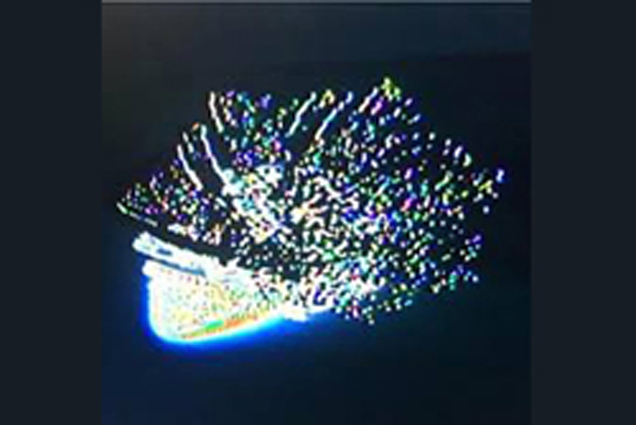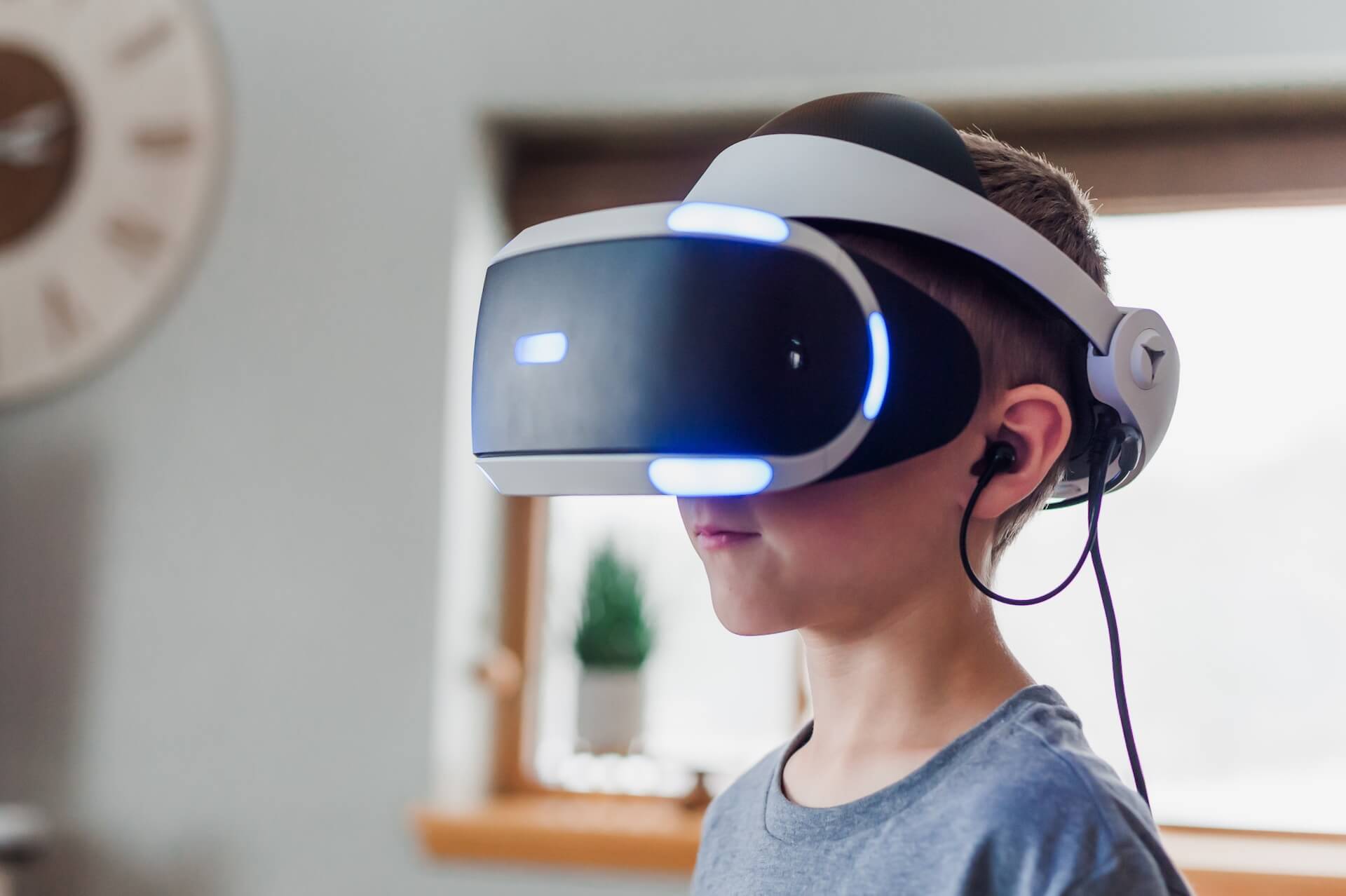Education is undergoing a profound transformation, driven by technology’s relentless advance. Augmented Reality (AR) stands as one of the most promising innovations reshaping the educational landscape. Its impact on teaching and learning transcends traditional boundaries, offering an immersive, interactive, and deeply engaging approach to education. In this comprehensive exploration, we delve into the multifaceted influence…
Continue Reading
From Sci-Fi to Reality: How AI is Revolutionizing the Tech Landscape
In the rapidly evolving realm of technology, the boundaries between science fiction and reality are blurring at an unprecedented pace. What was once the stuff of imagination, portrayed in futuristic novels and blockbuster movies, is now becoming an everyday reality, thanks to the remarkable advancements in Artificial Intelligence (AI). This groundbreaking technology has transcended the…
Continue Reading
CyberOne: Xiaomi beats Tesla and now shows off its new humanoid robot
Xiaomi has always been a brand that likes to innovate and bet on new areas, even if it often does not bring all its proposals to the global market. Still, it shows its own technology that is the future of the brand. In the presentation that took place yesterday, Xiaomi showed something completely different that…
Continue Reading
How does motion capture tech work?
Motion Capture is a technology that allows users to record their movements and convert them into digital data. This technology has been used in movies such as Avatar, The Fifth Element, Tron Legacy, and even in adult entertainment videos (we are talking about porn). But what exactly is motion capture? Motion Capture is a form of computer animation. In order to animate something, you need to first record its movement. If you want to animate someone chupando buceta (cunnilingus, just sounds funnier in Portuguese), you can have someone animate it with motion capture.
Continue Reading
Programs
Committed to researching new concepts The Engine Institute, Inc., fosters innovations to benefit society and culture. By advancing our programs The Engine helps nascent ventures grow and by working to increase awareness of the intersection of the arts, technology and sciences Entanglement magazine covers how this is a catalyst that is impacting society not only…
Continue Reading
Gear Artists, an Engine Institute project
The Engine Institute, Inc. fosters collaborative explorations between artists and scientists through research, development and presentations. By providing support and encouraging freedom of thought, innovation and imagination we facilitate the spread of scientific and artistic literacy. We believe that through this cross-fertilization fruitful innovations for our immediate future will result and benefit society. Vision The…
Continue Reading
